
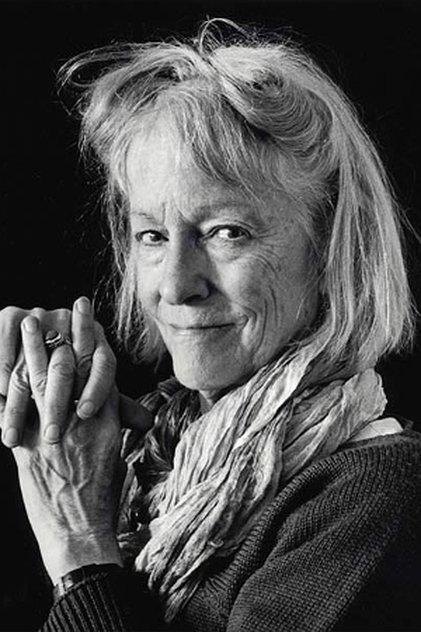
Joan Jonas
Born: January 1, 1936
in New York, New York, U.S.A.
in New York, New York, U.S.A.
Joan Jonas is an American visual artist and a pioneer of video and performance art who is one of the most important female artists to emerge in the late 1960s and early 1970s.[1] Jonas' projects and experiments provided the foundation on which much video performance art would be based. Her influences also extended to conceptual art, theatre, performance art and other visual media. She lives and works in New York and Nova Scotia, Canada. From Wikipedia.
Movies for Joan Jonas...

Title: JOANJONASYOUSAVEDMYLIFE
Character: Self
Released: May 11, 2024
Type: Movie
Joan Jonas saves a girl's life

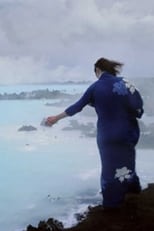
Title: Volcano Saga
Character: Woman
Released: January 1, 1989
Type: Movie
This short film shot in Iceland and New York, which is based on a thirteenth-century Icelandic Laxdeala Saga, features Tilda Swinton as a young woman whose dreams foretell the future.

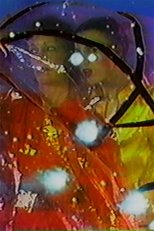
Title: Double Lunar Dogs
Released: January 1, 1984
Type: Movie
Based on Robert Heinlein’s 1941 story “Universe,” Double Lunar Dogs presents a vision of post-apocalyptic survival aboard a “spacecraft,” travelling aimlessly through the universe, whose passengers have forgotten the purpose of their mission. As a metaphor for the nature and purpose of memory, the two main characters (portrayed by Jonas and Spalding Gray) play games with images of their past; but their efforts to restore their collective memories are futile, and they are reprimanded by the “Authority” for their attempts to recapture their past on a now-destroyed planet Earth.

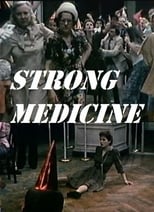
Title: Strong Medicine
Released: January 1, 1981
Type: Movie
Adaptation of an avant-garde play about Rhoda, a hysterical heroine who feels oppressed by the people around her. She suffers through her birthday party, goes to see a doctor, plans a vacation, argues a lot and even breaks the fourth wall.

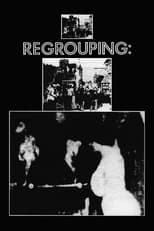
Title: Regrouping
Character: Self
Released: December 8, 1976
Type: Movie
In this experimental film, Borden explores the dynamics among the members of a woman’s group. As she interviews people who know them, such as Joan Jonas, the group shoots ‘artistic’ scenes of themselves – but Borden feels they aren’t fully grappling with issues of sexuality and politics. Are they a serious group – or just friends? After showing an early edit of the film to the group, its members, upset, close ranks. Undeterred, Borden incorporates the group’s arguments into another edit, filming larger groups commenting both on the original one and on consciousness-raising groups in general. Uncredited voices include those of Barbara Kruger and Kathryn Bigelow.

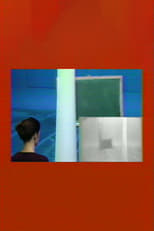
Title: I Want to Live in the Country (And Other Romances)
Released: January 1, 1976
Type: Movie
Jonas intercuts scenes of the Nova Scotia countryside with images of a studio set-up reminiscent of a di Chirico painting. The soundtrack includes both music and spoken excerpts from a journal Jonas kept while travelling in Nova Scotia. I Want to Live in the Country ultimately deals with observation and fantasy, living in the country, and the stifling aspects of the city and one's art.


Title: Keep Busy
Released: August 11, 1975
Type: Movie
The protagonists’ astounding verbal gymnastics and often incomprehensible interactions tend to descend into nonsense, and with the syncopated rhythm of its action and dialogue, this film is reminiscent of the playful and parodying elements of the Beat fantasy Pull My Daisy. The interweaving of documentary and fiction with the syncopated rhythm of its action and dialogue presents an absurd buzz of activity reminiscent of Beckett’s abstract comic grotesque.

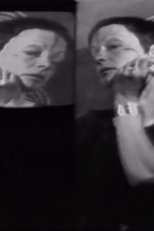
Title: Left Side, Right Side
Released: February 2, 1972
Type: Movie
In this early work, Jonas translates her performance strategies to video, applying the inherent properties of the medium to her investigations of the self and the body. Jonas performs in a direct, one-on-one confrontation with the viewer, using the immediacy and intimacy of video as conceptual constructs. Exploring video as both a mirror and a masking device, and using her body as an art object, she undertakes an examination of self and identity, subjectivity and objectivity. Creating a series of inversions, she splits her image, splits the video screen, and splits her identification within the video space, playing with the spatial ambiguity of non-reversed images (video) and reversed images (mirrors). Though Jonas' approach is formalist and reductive, her performance reveals an ironic theatricality. Illustrating the phenomenology of video as a mirror, Left Side Right Side is a classic of early performance-based, conceptual video.

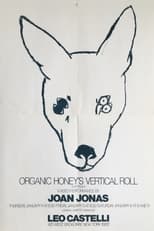
Title: Vertical Roll
Character: Organic Honey
Released: January 1, 1972
Type: Movie
Cast as an “electronic erotic seductress,” the multiple costumes and roles performed by Jonas critically examine the ever-changing, but consistently unequal roles of women. The camera gazes at Jonas, implicating the viewer in the work and further, with her body. Her intentional de-synchronization of the monitor's receiving and transmitting frequencies results in the on-screen image's repeated vertical descent. Creating a sense of fragmentation, the vertical roll relentlessly pounds at the images of the artist as she moves through a series of performed identities. Characterized a "disjunctive self portrait" by the Electronic Arts Intermix, the image content of the work is strongly mediated by the mirror-like function of the camera, scrutinized by the lens and subjected to violence by the vertical roll.
